Foreword
We present below real projects, testifying to phases of research. Customers have had the confidence to submit projects whose success rate reflects our motivation. Supported by these results, we assert our ability to undertake this kind of work, which we treat with a scientific approach.
Also, it’s a real pleasure for our services to try and find a solution for any problem that you might submit in any field.
Research topics
Detection of mechanical failures by acoustic analysis
Objective:
To detect failures of mechanical and electrical origin in products composed of a motor coupled to a reduction gear.
Generalities:
Following the acquisition of an acoustic information, a spectral processing allows the obtaining of data formed. Then, they are processed by a « second level » analysis to lead to the recognition of the kind of failures. Because of its small cycle time (few seconds), the method can treat 100% of the products on a production stream.
Application areas:
In its generic form, after adaptation, the process can be applied to all systems which generate acoustic waves (or mechanical and structure borne waves).
- Production monitoring of gear motors or electric motors
- Monitoring of rotating machines

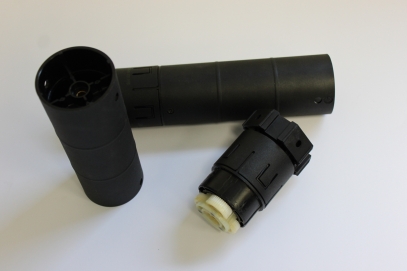

Fault detection by acoustic analysis
Detection method to determine the anodised layer thickness
Objective:
To detect anodised parts made of aluminium for which the thickness of anodisation is insufficient (too small).
Generalities:
The process must be non-destructive. Its efficiency depends on few microns. The solution responds to the expectations of the production sector, for which, usual means worthy of the laboratory, are not applicable (because of the labour costs and the time it takes).
Application area:
Inspection of the anodisation of aluminium parts in the production stream.



Anodizing control
Recognition of types of armature for synchronous motors
Objective:
To recognize various types of armatures intended for synchronous motors.
Generalities:
The numerous models have a limited dispersibility, that’s why conventional measuring can’t be applicable. The implemented process uses a learning phase applied to all the existing models, allowing at a later stage, to lead to the identification of a model presented.
Application area:
Identification check of bifurcated fans.

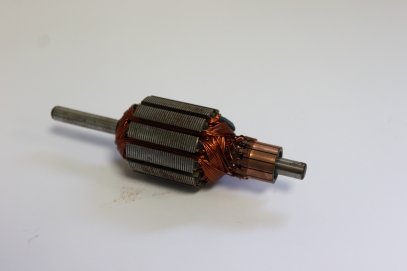

Recognition of armatures for motors of car fans
Quantitative magnetic sensing
Objective:
To detect the presence of a specific number of metal washers placed on the product before its permanent and irreversible assembly.
Generalities:
Regarding the customer, his “High Quality” expectation is highly presents to the extent that the product is damaged if it contains a surplus of washers. Moreover, the standard inductive sensors of proximity do not enable a sufficient response. The solution found, covered by a patent, was industrialized to give rise to a production of 30 sensors.
Application area:
Production control to ensure the uniqueness of a metal washer before the assembly.
Objective:
To detect the presence of a specific number of metal washers placed on the product before its permanent and irreversible assembly.
Generalities:
Regarding the customer, his “High Quality” expectation is highly presents to the extent that the product is damaged if it contains a surplus of washers. Moreover, the standard inductive sensors of proximity do not enable a sufficient response. The solution found, covered by a patent, was industrialized to give rise to a production of 30 sensors.
Application area:
Production control to ensure the uniqueness of a metal washer before the assembly.

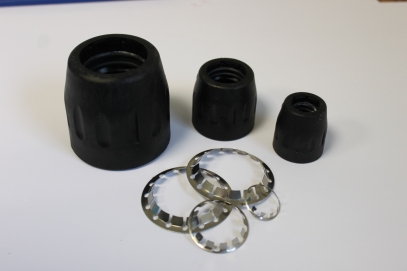

Quantitative magnetic sensing
Detection of defective welds on plastic parts
Objective:
To detect the quality of the welds which assemble the two half-portions of a hollow plastic component.
Generalities:
The method must be non-destructive. In their manufacturing process, the two plastic half-portions are joined by a weld that uses a thermal technology. However, this continuous and steady weld is crucial to guarantee the mechanical properties of the resulting product. The process biases the piece only by low energy stimulus, thereby generating acoustic data.
Application area:
Production control of a hydraulic component for washing machine.

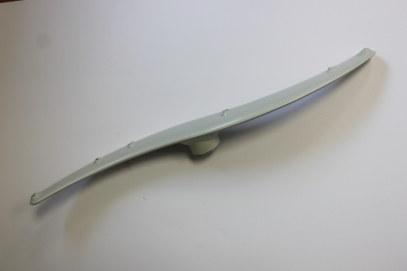

Detection of defective welds on plastic parts
Recognition of particular states of a pump
Objective:
The product is an electrical motor-driven pump, several electro-mechanical states must be recognized. These states extend between « free » and « blocked », and sometimes there is another intermediate and unstable state.
Generalities:
The basic constraints impose: to discern the states by observing only the power supply system of the product, and to integrate the new solution into existing tests systems. These objectives are achieved by a process based on the observation and the processing of electrical quantities, while having a reasonable working cycle.
Application area:
Production control of electric pumps.

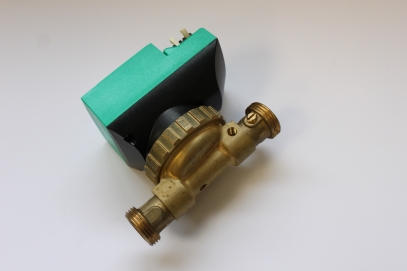

Recognition of particular states of a pump





